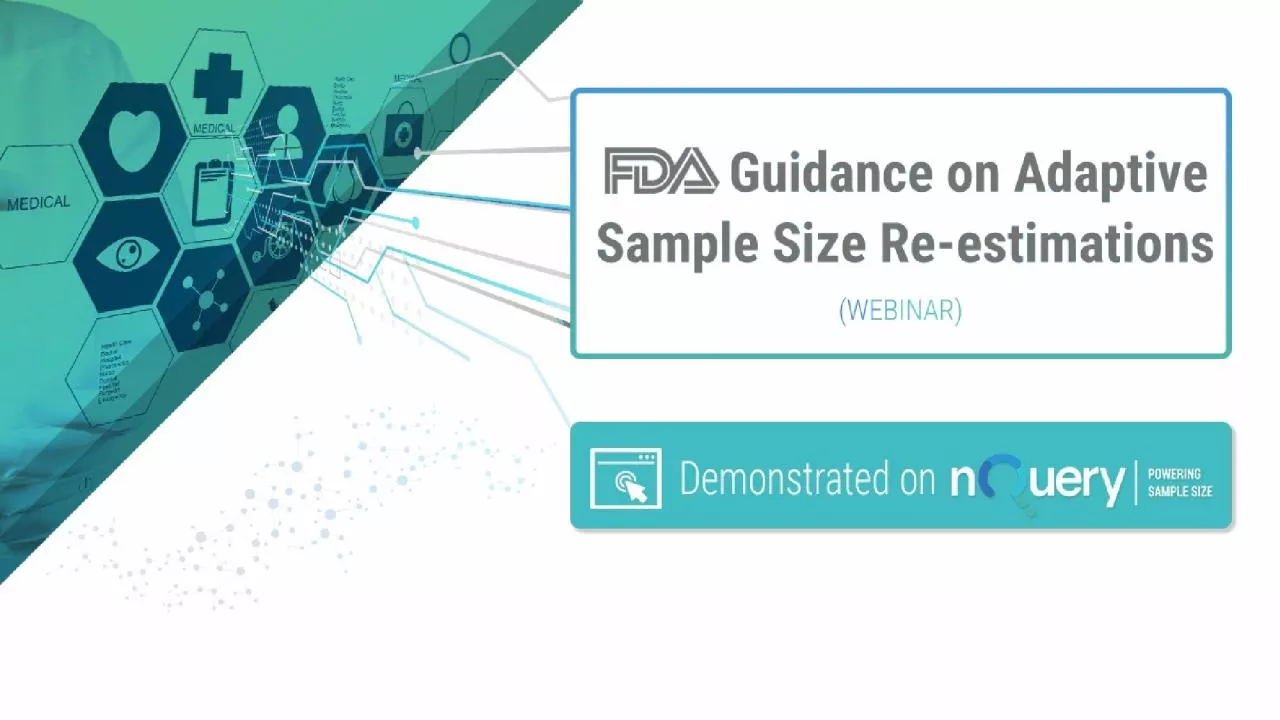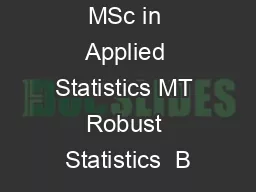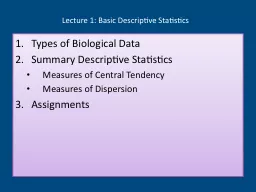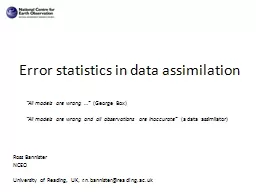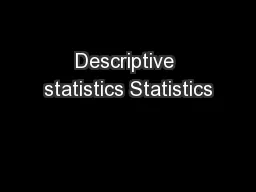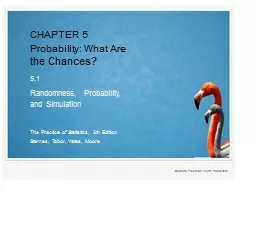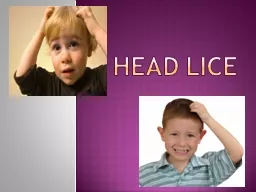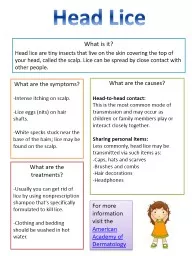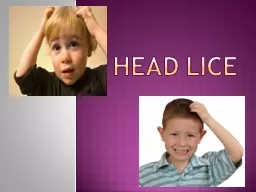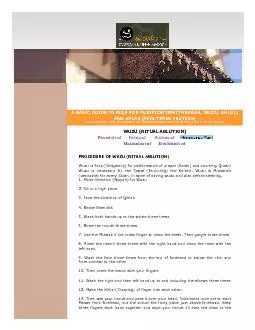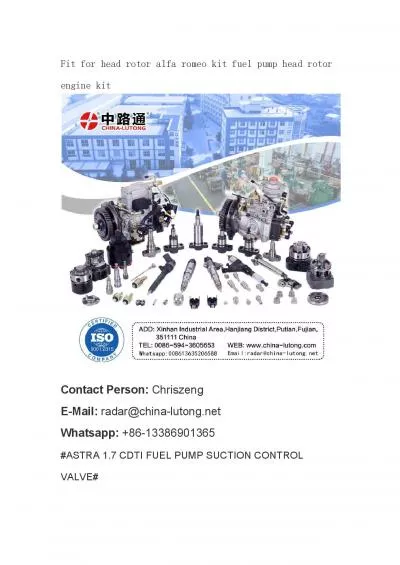PPT-Head of Statistics nQuery
Author : jade | Published Date : 2024-01-29
Lead Researcher FDA Guest Speaker Guest Lecturer Webinar Host HOSTED BY Ronan Fitzpatrick Webinar Overview Introduction to Adaptiv e Design Adaptive Design Regulatory
Presentation Embed Code
Download Presentation
Download Presentation The PPT/PDF document "Head of Statistics nQuery" is the property of its rightful owner. Permission is granted to download and print the materials on this website for personal, non-commercial use only, and to display it on your personal computer provided you do not modify the materials and that you retain all copyright notices contained in the materials. By downloading content from our website, you accept the terms of this agreement.
Head of Statistics nQuery: Transcript
Download Rules Of Document
"Head of Statistics nQuery"The content belongs to its owner. You may download and print it for personal use, without modification, and keep all copyright notices. By downloading, you agree to these terms.
Related Documents

